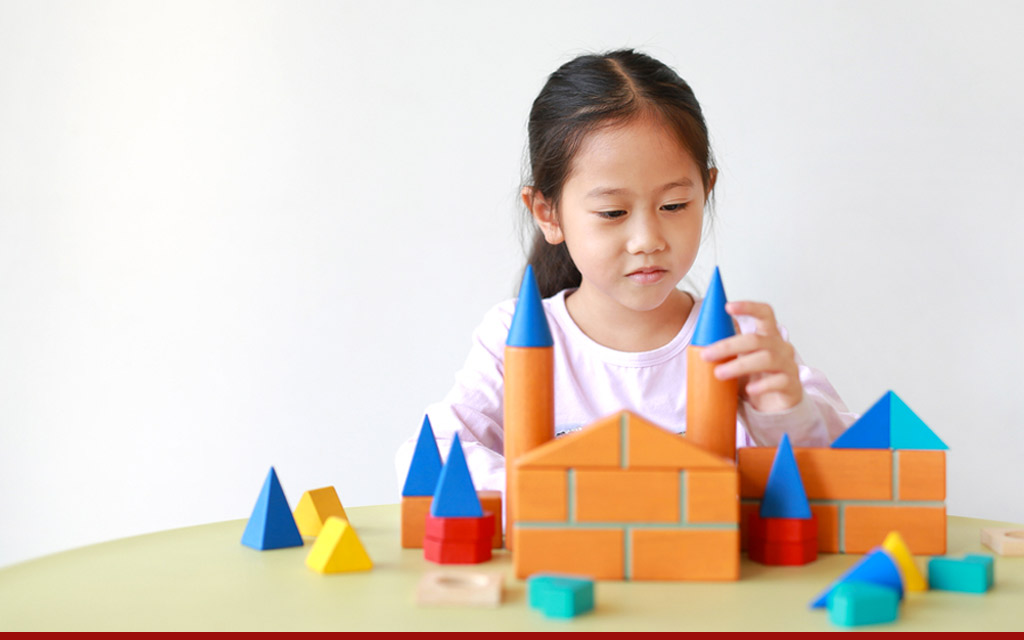Among the laundry list of behaviors that have been upended by the pandemic is what constitutes playtime for kids. Playdates, playgrounds, and outdoor sports all but evaporated as the world locked down. Screens became the intermediary between kids and the physical world.
The silver lining is that parents got to watch and even participate in their kids playtime rituals, forging new bonds and a greater understanding of the importance and richness of play in their children’s lives. Now, a number of play trends are emerging as the pandemic stretches out.
Don’t Freak if the Kids are Playing Pandemic
Kids role play. And often that role play is about the situations they face. Not surprisingly, games with apocalypse themes, simulation games like Pandemic, playing doctor, and a variety of corona-themed play emerged. Parents found it nerve-wracking to watch their kids embrace virus-as-play, but kids have always used play to act out real-world scenarios. The Atlantic took a look at virus-themed play during the pandemic.
Finally, Diversity
Gender, accessibility, race — these are topics that have been bantered about by toy companies for a long time. But now, with a larger percentage of pre-schoolers labeled as non-white, toy makers are paying more attention to creating toys that look like their owners. Crayola is successfully selling Colors of the World, a set of 24 skin tone crayons, Mattel’s Barbies now come in 35 skintones, and can be outfitted with wheelchairs and with prosthetics. The trend to ensure that kids both see themselves and the lives of others reflected in their play will continue.
Learning as Play and Play as Learning
Like adults who had a tough time delineating the boundaries between work and home, kids have fuzzied the worlds of play and school. Often their families were alongside them to play along. One of the positives of the pandemic was that family time became playtime when there was less rushing around and attending to tight schedules. Sales of traditional toys like board games and puzzles skyrocketed. Families report more time building with Legos or blocks together and even inventing their own games. (Just look at Quarantine Olympics on TikTok and you’ll quality family time taken to new heights.)
Social and Emotional Learning
COVID robbed kids of high touch experiences. Chris Byrne, a noted toy expert, believes that we’re staring at inevitable social trauma, as kids’ needs for experience with conflict resolution, empathy and emotional moderation may be back burnered for an extended period. “Families and media will do their best to fill in the gap,” says Byrne, but he expects kids, especially younger ones, to emerge a full year behind in their developmental stage in this area.
Screen Time is Play Time
David Kleeman, the SVP of Global Trends for Dubit Limited, conducted virtual focus groups during the pandemic. He found that kids and their families really missed being able to go to toy stores. “The kids are willing to scan through online offerings, but miss the unexpected discovery of a store visit,” he said. On the other hand, business online has been brisk because parents are willing to spend more on toys and streaming media services now that kids are trapped at home. Kleeman observes an overall increase in time spent with technology and media. One teenage respondent in Dubit’s focus group said “I’ve finished YouTube. When’s the next season?” In terms of socialization, Kleeman believes that “down on the corner has become up on the server.”
Comforting Escapism Meets
Sales of video games are up versus 13% versus 2019. Niantic, the maker of Pokemon Go, hit one billion dollars in revenue this year. They kept Pikachu and friends closer to home with special “stay at home” features like incense, to draw creatures closer and enable “battles” you can fight remotely. Many families report taking Pokemon Go walks has been a good way to get out and about.
Robolox, Minecraft , Animal Crossing and Fortnite became, even more, the ruling game platforms for kids. During the pandemic there was a noticeable uptick in social play, where kids chat about their daily lives as they build their worlds. The game platforms have responded. Roboblox created party rooms for social events. Fortnite let users tour other creators’ islands. “Every platform is in the kids business now”, says Kleeman. “Zoom, Discord and community platforms that were never meant for kids are now where they hang out.” Intergenerational cross pollination has become more accepted.
Comfort Food
Taking a nostalgic turn, Barbie, Care Bears and classic toy sales have gone up. Byrne says they fill a need for “ toy comfort food.” In times of uncertainty as we look for the familiar, parents and kids are playing together like it’s the 1950s all over again. The same way they gathered in the past around the TV, now game nights, pop quizzes, and family grown entertainment has mushroomed. Will they all remain when we’re able to leave home again?
READ MORE: https://techonomy.com/2020/11/for-homebound-kids-the-plays-the-thing/




